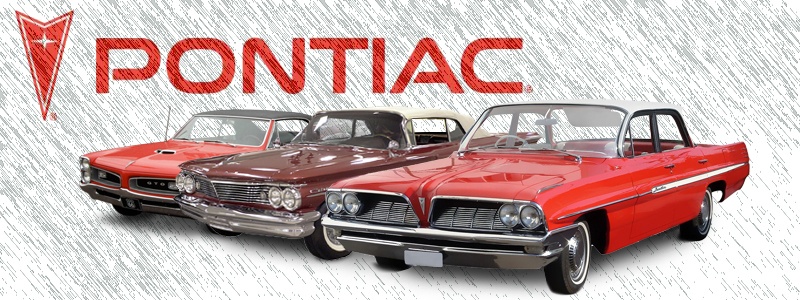Arguably the
2nd most successful GM division, behind Chevrolet.
The marque was “invented” by GM in
1926, the name being taken from the town of Pontiac,
Michigan, where the cars were built. And as with
the rival (Chrysler) Plymouth, the Pontiac’s
had almost overnight success, some 200,000 being
sold in 1929 alone. But the depression would
take its toll on many, and Pontiac was hit hard,
sales in 1932 slumping to a mere 50,000. While
many of Pontiac’s sister marques fell by
the way, GM President Alfred Sloan was determined
that Pontiac should survive – but to do
so would require some serious rationalisation.
Pontiac were forced to draw heavily upon the
parts bin of Chevrolet, and then be sold under
the Buick and Oldsmobile dealer network. With
the threat of Pontiac’s losing their identity
altogether, stylist Frank Hershey and chief body
engineer Roy Milner set about ensuring the Pontiac’s
looked as different as possible to other GM division
cars – quite a feat considering the rationalisation
plan meant many body panels had to be shared. The Pontiac Eight of 1933 was a brilliant success,
it featuring a silky smooth straight eight engine
designed by Benjamin Anibal. The reputation of
the Eight would spread, given the cars durability
and reliability, and the engine would remain
the mainstay until a new V8 arrived in 1955. By the late 1930’s sales, and the division,
were in full recovery mode.
After World War 2
Pontiac went from strength to strength, the Star
Chief and Chieftan convertibles leading the way
when American cars became long, wide and low
riding. Through the 1970’s it was Japanese
competition and rising fuel prices that Pontiac
were forced to contend with, the challenge being
met with a plethora of fairly plain but easy
to live with iterations such as the Phoenix,
Grand Le Mans and Grand Am. The mid engined Fiero
offered some driving excitement, and the Firebird
Trans Am remained a leading muscle car. But it
was the popular Grand Prix model that ensured
the marque would continue to enjoy it’s
position as the 3rd best selling brand in the
US.
|
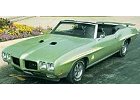 |
|
1964 - 1974
In the two years following the release of the Pontiac
GTO every car company tried to emulate it, but none were
able to match the combination of style, performance, and
mystique. More >> |
 |
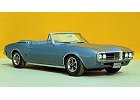 |
|
1967 - 1969
There is an interesting story behind the creation of the
1967 Pontiac Firebird. Then head of the Pontiac Division
was John Delorean, who had envisioned a much sportier
car to compete with the Ford Mustang. More >> |
 |
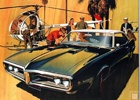 |
|
1967 - 1969
Like a dog big in the bollock department, the Pontiac had an edge over all of its rivals. It was an aura of excitement about the car, and its boldness, a car happy to wear its underpants on the outside – or maybe no pants at all. No other muscle car of the time had the audacity to plant an optional tachometer in a waterproof pod out on the hood... More >> |
 |
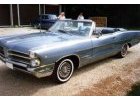 |
|
1958 - 1986
For most of its life, the Parisienne was the Canadian nameplate for the Bonneville, sold in Pontiac's Canadian showrooms, while American Pontiac dealers sold the Catalina, Ventura, Star Chief and Bonneville (the Catalina and Ventura were also available in Canada). More >> |
 |
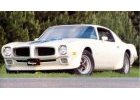 |
 |
1970 - 1976
Perhaps the most dissappointing of the re-design was that
the new model no longer came available as a convertible
- perhaps a true muscle car could not be marketed successfully
as a drop-top. For whatever reasons, the Firebird lineup
was reduced from six to four. More >> |
|
